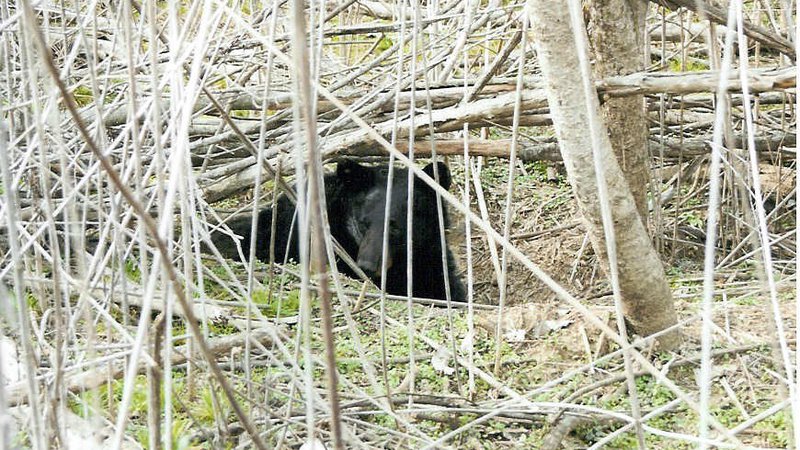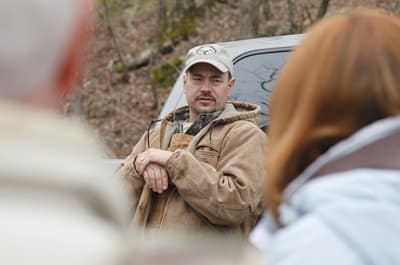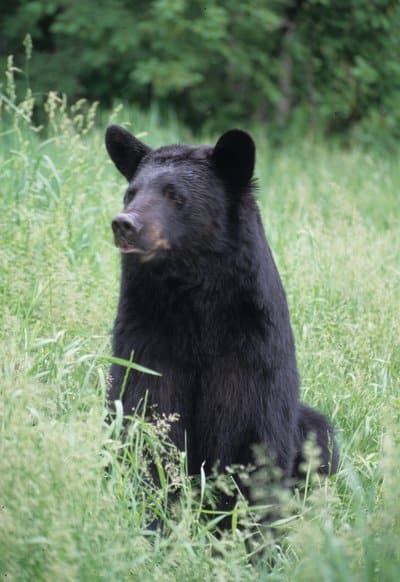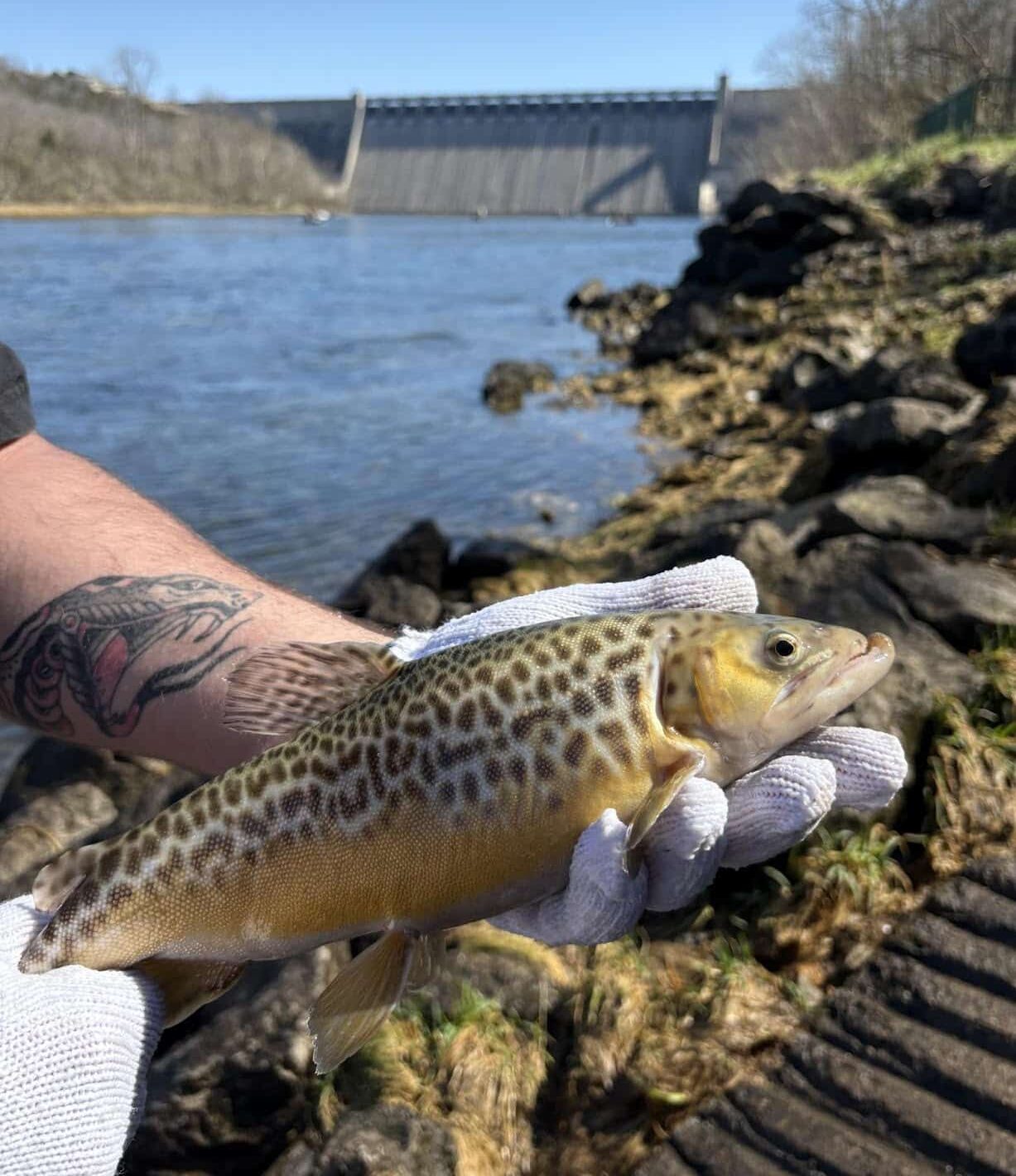Learn bear-hunting basics with AGFC’s lead bear biologist
ON 08-04-2021

Aug. 4, 2021
Randy Zellers
Assistant Chief of Communications
FORT SMITH — Myron Means, large carnivore program coordinator for the Arkansas Game and Fish Commission, will host a series of seminars at AGFC nature centers throughout the state during August and September to teach people about one of Arkansas’s most prized hunts and the state’s former namesake.
“Arkansas was once known as the bear state because of all the bears that were here when settlers first arrived,” Means said. “That population was all but wiped out, but after many decades of relocations and conservation efforts, we have one of the most robust black bear populations in the country again.”
Means will present every aspect of hunting Natural State bears from scouting and bear behavior, to field preparation for the hunt and care of harvested bears should a hunter score.

“This will basically be like Bear Hunting 101,” Means said. “If you’ve ever wanted to hunt bears, I’ll try to give you every bit of knowledge you need, but success will still hinge on how much effort you put into the hunt itself.”
Participants will get a crash course in bear physiology and what motivates bears during hunting season.
“Bear hunting really is all about finding food,” Means said. “They don’t have a rut during the fall like deer, but are about to go into their den cycle so they’re focused on one thing – eating.”
Means will help hunters use this knowledge to increase their chances of harvesting a bear, with tactics developed for private and public land hunters.
“We’ll cover baiting sites and how to pattern bears on private land,” Means said. “But we’ll also cover public land hunting, where baiting is not allowed.”
Finding bears on public land still revolves around finding food sources, but it requires much more work in scouting. Means says if acorns and other foods are plentiful, the bears will not need to move much to eat. During low mast years, they’ll move more and focus harder on particular trees that may still be producing acorns.
“The secret is finding these ‘natural bait sites’ and scouting them without disturbing bears that may be feeding,” Means said. “Bears are much less forgiving than deer. If you bust them out scouting, they won’t be back.”
Means says focusing your scouting on late morning and early afternoon improves the chances of not running into a bear before hunting season. Hunters should look for areas with good mast crop and telltale signs of bears visiting, such as bear droppings or scat and bear trails.

Seminar also will address what to do if your new knowledge pays off. Hunters can be intimidated by not knowing what to do with these massive animals after the shot, and poor preparation can lead to a poor experience at the table.
“Bears are much different than deer and can spoil quickly if not cared for properly,” Means said. “The fat layer they are putting on when gorging themselves can be very oily. Combined with them putting on their winter coats, a downed bear’s fat layer can begin rendering itself from the animal’s trapped body heat.”
Acting quickly to skin, quarter and cool the bear is the key to great meals later.
“You also want to get as much of that outer fat layer off as you can before storage,” Means said. “There’s enough marbling in a bear’s muscles to give the meat flavor and prevent it from drying out while cooking. That outer layer just adds too much and has an unpleasant taste.”
Seminars will be available at the following locations and dates:
August 24 — Janet Huckabee Arkansas River Valley Nature Center in Fort Smith
August 26 — Witt Stephens Jr. Central Arkansas Nature Center in Little Rock
August 31 — J.B. and Johnelle Hunt Family Ozark Highlands Nature Center in Springdale
September 2 — Forrest L. Wood Crowley’s Ridge Nature Center in Jonesboro
Visit the AGFC’s Outdoor Skills Network Calendar to register for one of these events.
Recent News

Catch a tiger by the tail(water)
Mar. 31, 2025
Subscribe to Our Weekly Newsletter E-mails
Don’t miss another issue. Sign up now to receive the AGFC Wildlife Weekly Newsletter in your mailbox every Wednesday afternoon (Waterfowl Reports are published weekly during waterfowl season and periodically outside the season). Fishing Reports arrive on Thursdays. Fill in the following fields and hit submit. Thanks, and welcome!

